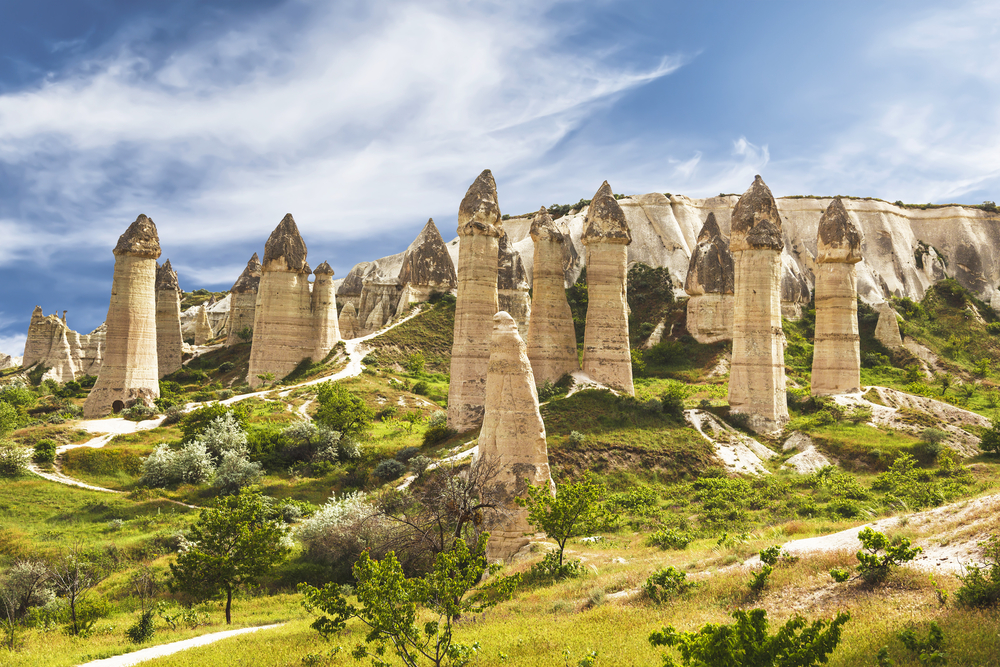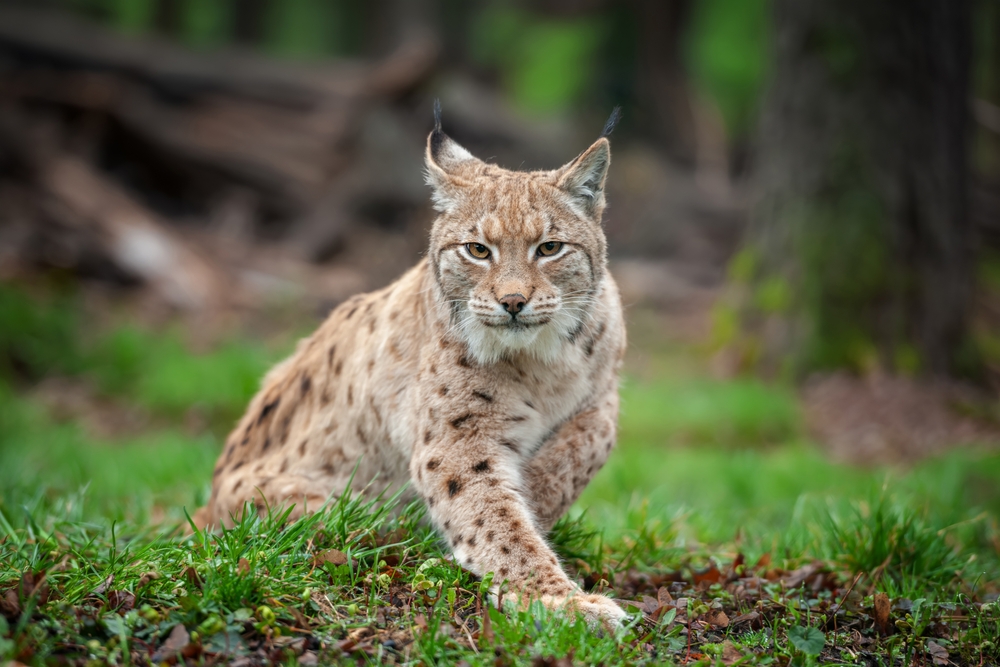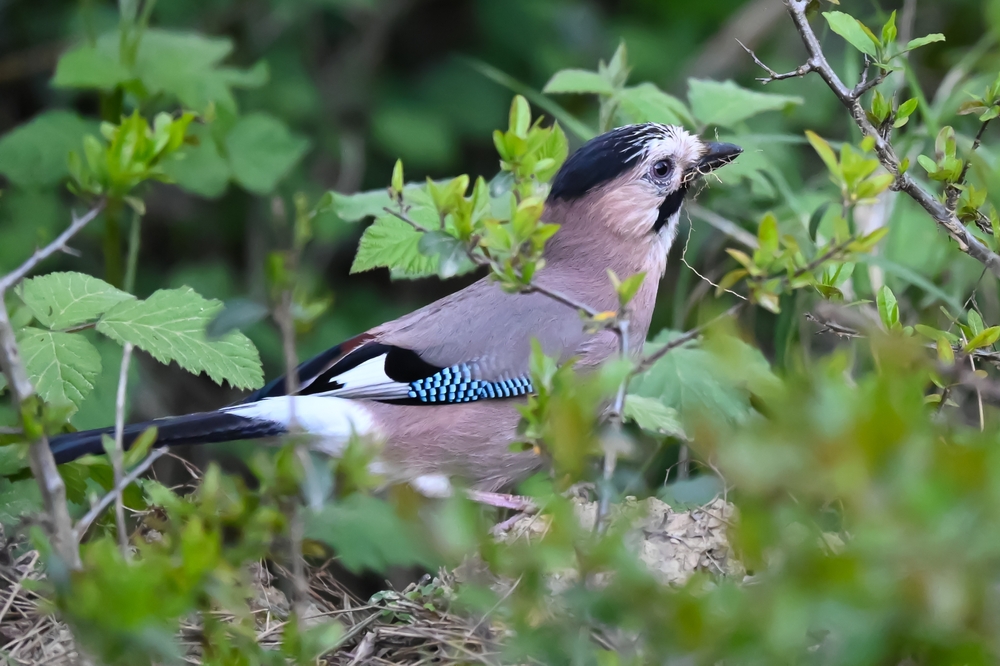Altindere Valley Overview
Altındere Valley National Park, known locally as Altındere Vadisi Milli Parkı, is located in the Maçka district of Trabzon Province in northeastern Turkey.
Encompassing an area of approximately 18.78 square miles (48.64 square kilometers), the park sits within the rugged terrain of the Pontic Mountains, offering a dramatic combination of steep cliffs, forested slopes, and fast-flowing streams.
The park’s centerpiece is the famed Sumela Monastery, a historic Greek Orthodox monastery built into the sheer rock face of Mount Karadağ at an altitude of about 3,900 feet (1,200 meters), attracting both cultural enthusiasts and nature lovers alike.
The landscape of Altındere Valley National Park is defined by its deep canyons, densely wooded hillsides, and mist-laced mountain peaks. Lush mixed forests cover much of the park, composed predominantly of Oriental spruce, fir, Scots pine, and chestnut trees.
In spring and summer, wildflowers bloom across the valley floors, while alpine meadows higher up present vivid greens dotted with colorful floral patches. The Altındere Stream courses through the valley, carving narrow gorges and contributing to the area’s rich biodiversity. Waterfalls and small cascades are common sights, especially after snowmelt, enhancing the park’s natural allure.
Wildlife is abundant in Altındere Valley, with the dense forest cover providing shelter to a range of species. Among mammals, the Eurasian brown bear, red fox, roe deer, and wild boar are commonly found. The elusive lynx and gray wolf are known to roam the more remote areas.
Birdwatchers can enjoy the presence of several avian species, including the golden eagle, peregrine falcon, and black woodpecker. The region is also home to various owls, jays, and smaller forest birds, making it a vibrant zone for ornithological interest.
One of the park’s most popular features is the Sumela Monastery, which dates back to the 4th century and is embedded into the cliff face like a hidden sanctuary. The monastery complex includes chapels, kitchens, a library, and fresco-covered walls, all surrounded by panoramic views of the valley.
Hiking trails wind through the park, offering visitors both challenging treks and shorter nature walks. Observation decks provide sweeping vistas, while riverside picnic areas are available for more relaxed visits. The park is also popular with photographers and spiritual travelers drawn to its tranquil and remote setting.
Visitors typically explore the park via marked trails, guided cultural tours, or scenic drives along winding mountain roads. Hiking is a leading activity, with routes leading through forests and up to scenic lookouts. Seasonal tours and educational programs offer deeper insights into the park’s ecology and cultural history.
The proximity to Trabzon makes the park accessible for day trips, although many choose to stay longer to explore its full range of offerings.
Conservation efforts in the park focus on preserving its fragile habitats and the historic Sumela Monastery. Erosion control, habitat restoration, and regulations on tourism have been implemented to limit environmental damage. Reforestation and wildlife monitoring have shown success in maintaining ecological balance.
However, challenges persist, including the impact of tourism, illegal hunting, and natural threats like landslides. Ongoing efforts by Turkey’s Ministry of Agriculture and Forestry aim to enhance sustainability while keeping the park open for public appreciation and cultural heritage preservation.














































































